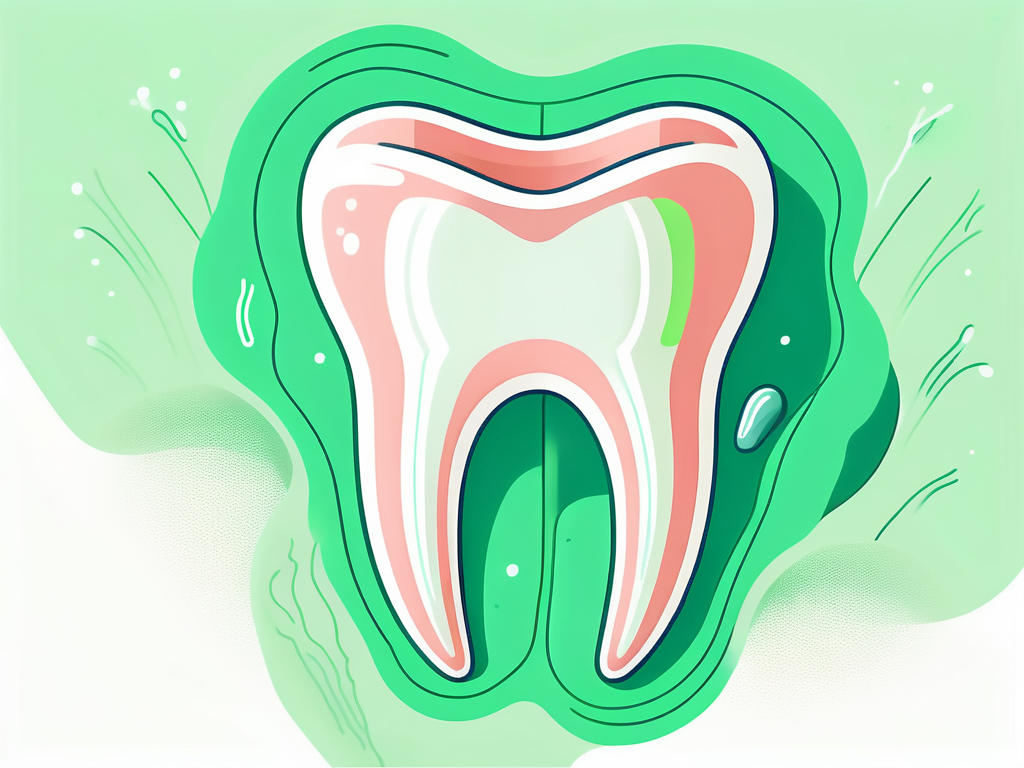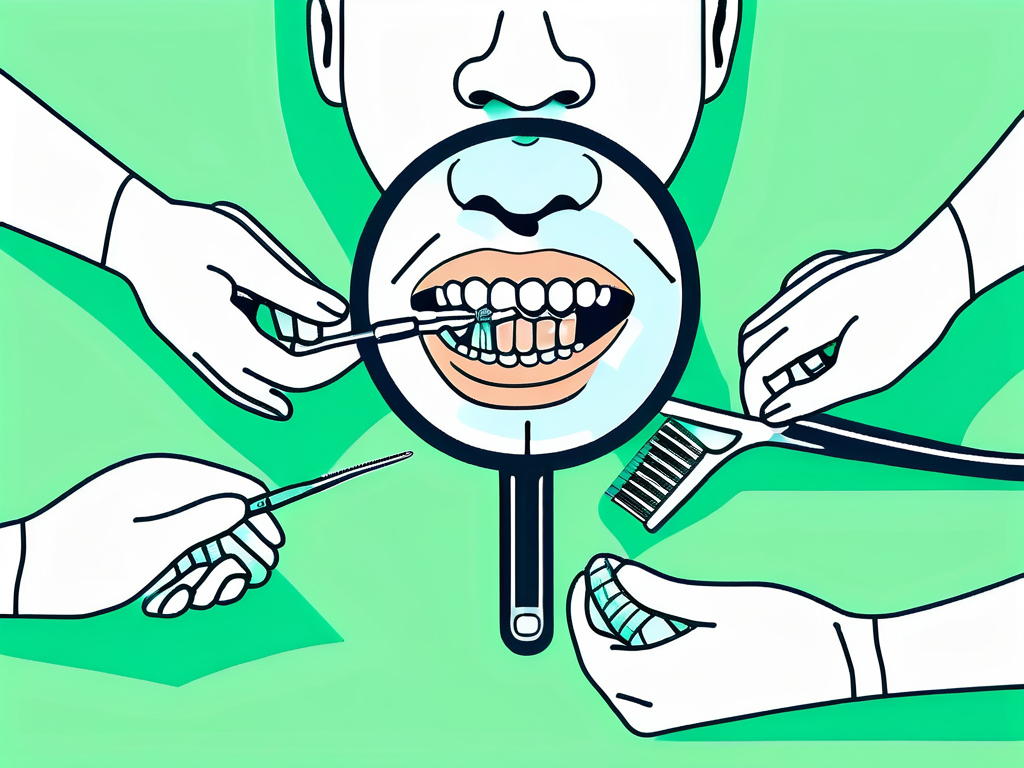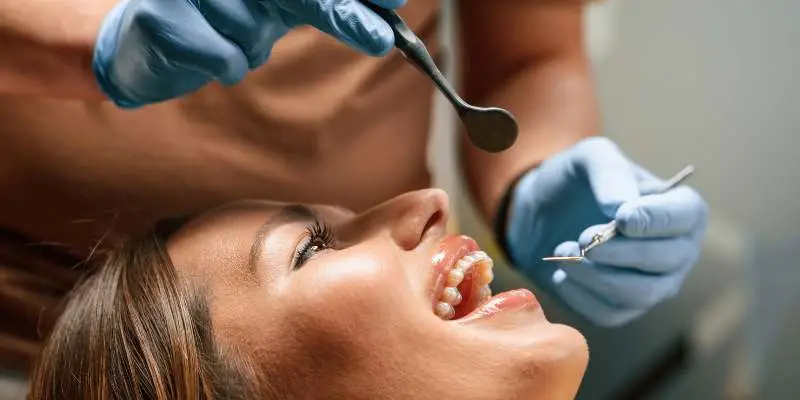When it comes to oral health, gum disease, also known as periodontal disease, stands out as a prevalent concern, affecting a significant portion of the population.
The implications of gum disease extend beyond discomfort and bad breath; it’s a condition that can severely impact overall health and well-being.
This makes choosing the right gum disease dentist not just a matter of dental health, but of general health too. In this guide, we delve into the crucial aspects of selecting a dentist specialised in treating gum disease, ensuring you make an informed decision for your oral and overall health.
Understanding Gum Disease
Gum disease is a condition that progresses in stages, starting with gingivitis and potentially advancing to periodontitis, a more severe form. Recognising the signs early on can be pivotal in preventing irreversible damage to your oral health. But what exactly causes gum disease, and how can you identify it?

Causes and Risk Factors
Gum disease is primarily caused by the buildup of plaque, a sticky film of bacteria that forms on the teeth. If plaque isn’t removed through regular brushing and flossing, it can harden into tartar, exacerbating the condition. Several risk factors can increase your susceptibility to gum disease, including smoking, diabetes, hormonal changes in women, medications that reduce saliva flow, and genetic predisposition.
It’s important to note that poor oral hygiene is a significant contributing factor to the development of gum disease. Inadequate brushing and flossing habits allow plaque to accumulate, leading to inflammation of the gums and potential infection. Additionally, a diet high in sugars and carbohydrates can fuel the growth of bacteria in the mouth, further increasing the risk of gum disease.
Signs and Symptoms
Identifying gum disease in its early stages can significantly improve the outcome of treatment. Common signs include red, swollen, or tender gums, bleeding while brushing or flossing, receding gums, persistent bad breath, and loose teeth. If you notice any of these symptoms, it’s crucial to consult a gum disease dentist promptly.
Furthermore, advanced stages of gum disease may manifest as pus between the teeth and gums, changes in bite alignment, and even tooth loss. It’s essential to be vigilant about any changes in your oral health and seek professional evaluation if you suspect gum disease.
Choosing the Right Gum Disease Dentist
Selecting a dentist who specialises in gum disease is a decision that should be approached with care. The right professional can not only treat the condition effectively but also provide guidance on preventing future issues.
Qualifications and Experience
When searching for a gum disease dentist, it’s essential to consider their qualifications and experience. Look for a dentist who has specialised training in periodontology or a related field. Additionally, inquire about their experience in treating gum disease, specifically cases similar to yours.
Experience is key when it comes to managing gum disease effectively. A dentist who has dealt with a diverse range of cases is better equipped to tailor treatment plans to individual needs and address complications that may arise during the course of treatment.
Services Offered
The range of services offered by a gum disease dentist can vary. Some may focus on non-surgical treatments such as scaling and root planing, while others may offer surgical options for more advanced cases. Ensure the dentist you choose offers a comprehensive range of treatments tailored to your specific needs.
It’s beneficial to select a dentist who not only provides treatment for gum disease but also offers preventive care services. Regular cleanings, thorough examinations, and patient education on oral hygiene practices can help maintain gum health and prevent the recurrence of the disease.
Technology and Techniques
Advancements in dental technology have significantly improved the diagnosis and treatment of gum disease. Look for a dentist who utilises the latest technology, such as digital X-rays and laser therapy, to ensure you receive the most effective and minimally invasive treatment possible.
Modern techniques like laser therapy offer precise treatment with minimal discomfort and faster healing times. By choosing a dentist who stays abreast of technological advancements, you can benefit from the most cutting-edge solutions for your gum disease treatment.
Preparing for Your Appointment
Once you’ve chosen a gum disease dentist, preparing for your first appointment is crucial. This involves gathering necessary information and understanding what to expect during the visit.
What to Bring
Be prepared to provide your dental and medical history, including any medications you’re currently taking. It’s also helpful to bring a list of questions or concerns you may have regarding your condition or treatment options.
Additionally, if you have undergone previous dental treatments or surgeries, it’s important to share this information with your dentist. Understanding your complete oral health background enables the dentist to tailor a treatment plan that considers your unique circumstances.
What to Expect
During your initial visit, the dentist will likely conduct a thorough examination of your mouth, including measuring the depth of the pockets around your teeth, to assess the severity of the gum disease. They may also take X-rays to evaluate the health of the bone beneath the gum line. Based on these assessments, the dentist will discuss your treatment options and develop a personalised treatment plan.
It’s essential to actively participate in the discussion about your treatment plan. Ask questions, seek clarification on any aspects you don’t understand, and work with your dentist to establish a plan that aligns with your goals and preferences.
Understanding the Treatment Process
Once your gum disease has been diagnosed, understanding the treatment process is crucial for a successful outcome. Different stages of gum disease may require varying approaches, and being informed about what to expect can help you prepare both mentally and physically.

Non-Surgical Treatments
Non-surgical treatments are often the first line of defense against gum disease. Procedures such as scaling and root planing involve deep cleaning to remove plaque and tartar from the teeth and root surfaces. These treatments aim to eliminate bacteria and promote gum healing without the need for surgery.
Following non-surgical treatments, your dentist may recommend more frequent dental cleanings and monitoring to ensure the effectiveness of the intervention. It’s essential to adhere to post-treatment care instructions and attend follow-up appointments as scheduled.
Surgical Interventions
In cases where gum disease has progressed to a more advanced stage, surgical interventions may be necessary to restore oral health. Procedures like flap surgery and bone or tissue grafts can help repair damage caused by periodontitis and regenerate lost bone and soft tissue.
Prior to undergoing surgical interventions, your dentist will discuss the procedure in detail, including the expected outcomes, potential risks, and post-operative care requirements. It’s important to follow pre-operative instructions and maintain good oral hygiene to support the success of surgical treatments.
Maintaining Oral Health After Treatment
Treating gum disease is only the first step; maintaining your oral health afterwards is equally important. This involves adopting a rigorous oral hygiene routine and making lifestyle changes if necessary.
Oral Hygiene Practices
Regular brushing and flossing are fundamental to preventing the recurrence of gum disease. Your dentist may also recommend specific products or techniques to address your unique needs.
Moreover, incorporating antimicrobial mouth rinses or prescription toothpaste into your daily oral care routine can help control bacterial growth and maintain gum health. Your dentist can provide guidance on the most suitable products for your individual requirements.
Lifestyle Changes
Making lifestyle changes, such as quitting smoking and managing diabetes, can significantly reduce your risk of gum disease. Additionally, maintaining regular dental check-ups and cleanings is crucial for monitoring your oral health and preventing future issues.
Furthermore, a balanced diet rich in essential nutrients like vitamin C and calcium can support gum health and overall oral well-being. Avoiding sugary snacks and beverages can also help prevent the buildup of plaque and reduce the risk of gum disease recurrence.
Choosing the right gum disease dentist is a decision that can have a profound impact on your oral and overall health. By understanding gum disease, knowing what to look for in a dentist, and taking steps to maintain your oral health after treatment, you can ensure the best possible outcome for your condition. Remember, the key to combating gum disease lies not only in effective treatment but also in prevention and ongoing care. Have you scheduled your next dental check-up yet?
Ready to take the next step towards optimal oral health and combat gum disease? At Danbury Dental Care, we’re committed to providing you with personalized attention and comprehensive care. Book An Appointment now for your initial consultation, where we’ll conduct X-rays, develop a tailored treatment plan, and help you prioritize the necessary treatments. Don’t wait to address your gum health—take action today and ensure your smile stays bright and healthy!








